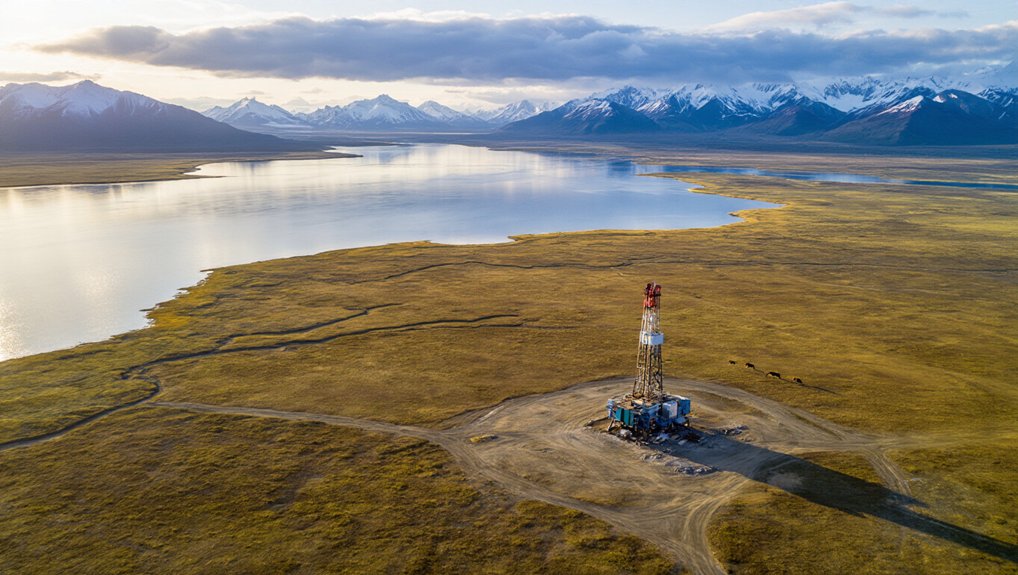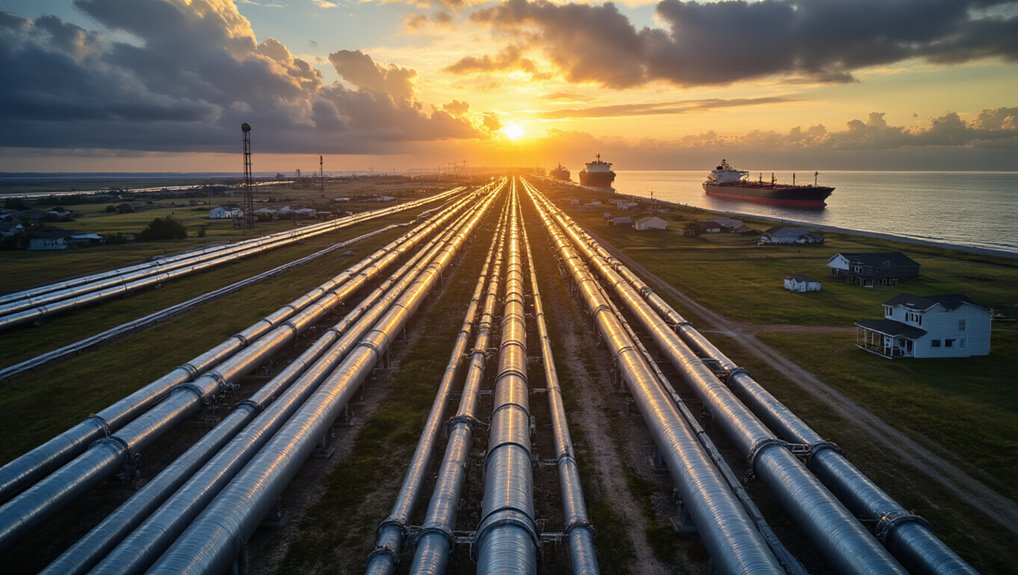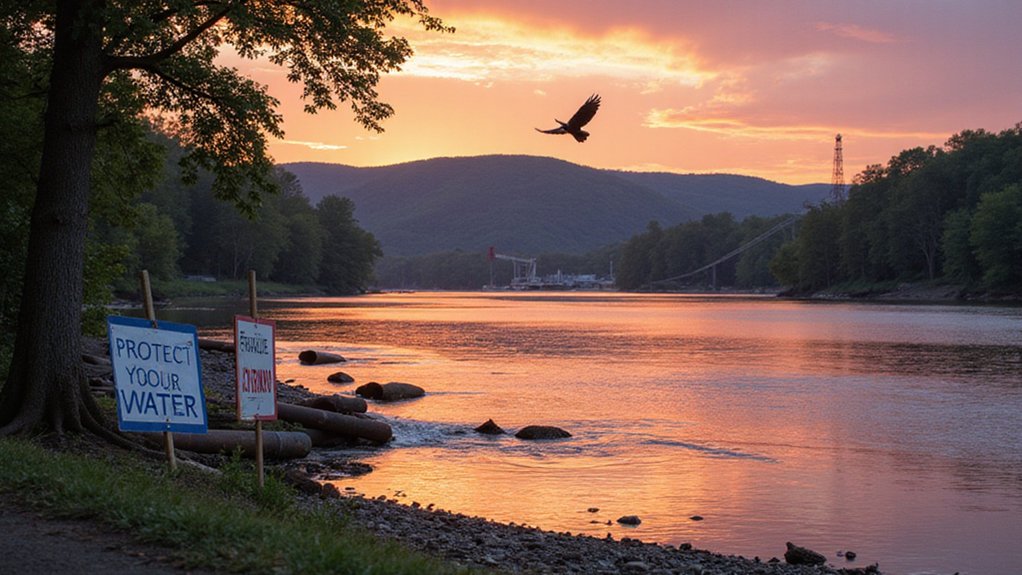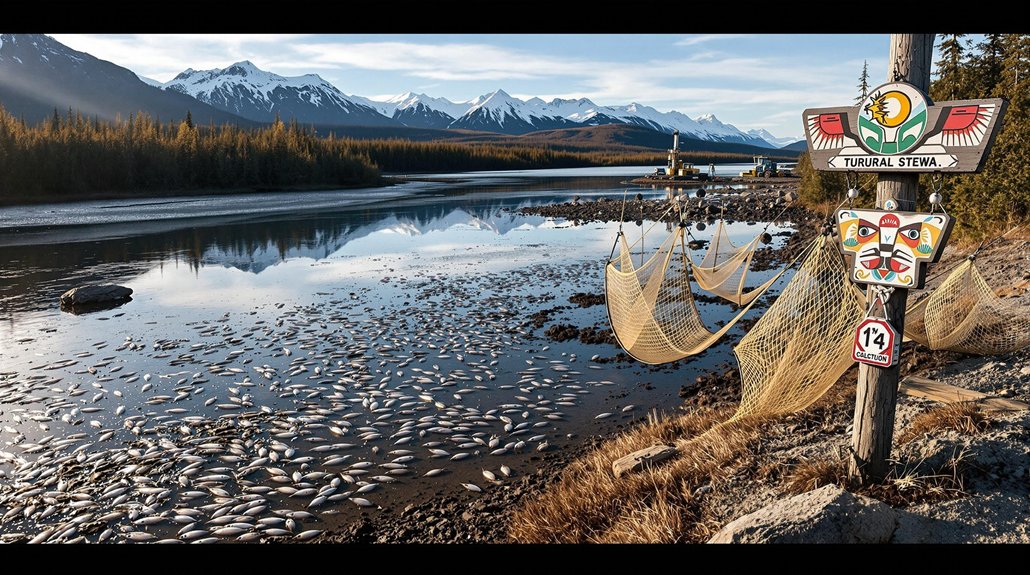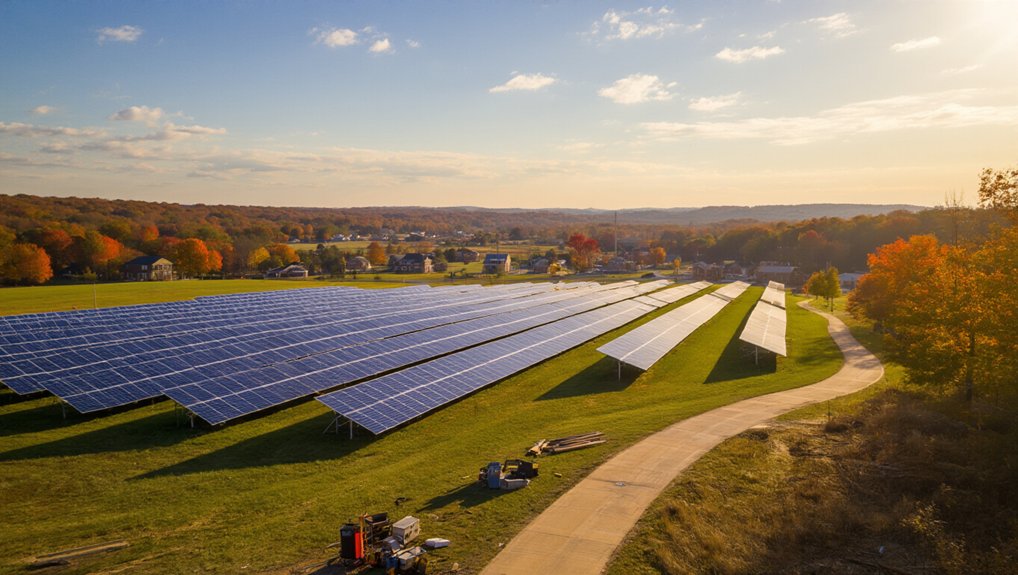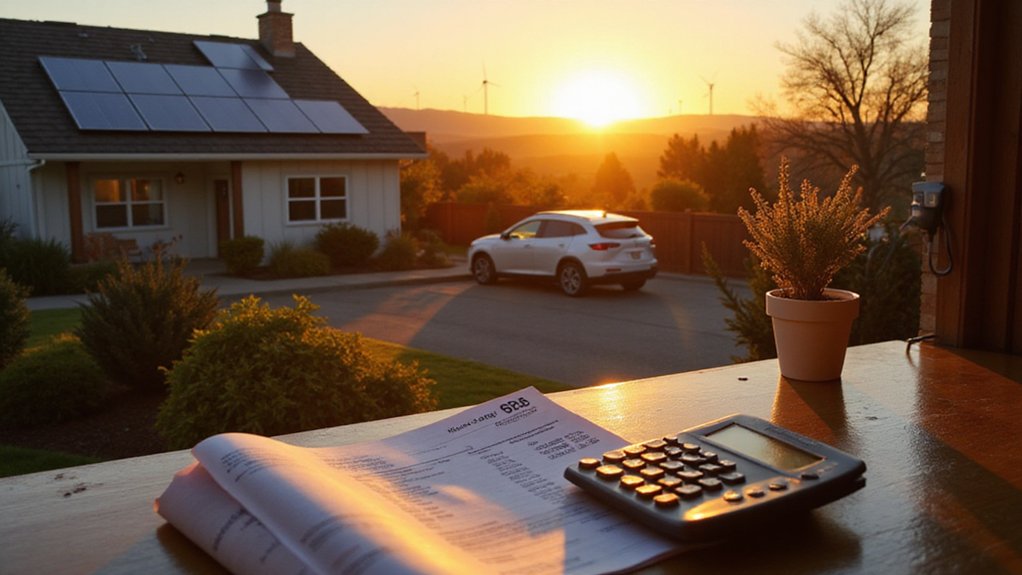The Trump administration just torched Biden’s environmental protections in Alaska, opening 11 million acres in the National Petroleum Reserve for oil drilling. This massive reversal targets areas that were specifically protected for wildlife and Indigenous communities just months ago.
Trump torches Alaska protections, opening 11 million acres for drilling that Biden protected months ago.
The Bureau of Land Management got its marching orders: scrap the May 2024 rules that limited drilling in sensitive areas. Gone are requirements to evaluate Indigenous knowledge. Gone are restrictions around places like Teshekpuk Lake and the Utukok River. The administration claims this supports American energy independence. Sure.
We’re talking about the largest chunk of public land in the country – over 22 million acres total. Biden had protected about half of it. Now? Back to the drawing board. The Trump administration’s 2020 policy actually opened more than 80% of the reserve to leasing, so this isn’t exactly new territory for them.
The timing’s interesting. Top government officials just happened to be visiting Alaska when they made the announcement. Energy Secretary Chris Wright toured an oil field near the Arctic Ocean, joining Interior Secretary Doug Burgum in championing the expanded drilling push. Burgum even claimed Alaska faced more restrictions than Iran during the past four years under Biden’s policies. Nothing like a photo op with oil rigs in the background to really drive the point home.
Environmental groups are predictably furious. They’re worried about migratory birds, caribou, and fish that depend on these areas. Climate scientists point out the obvious: more drilling means more greenhouse gases. The shift to fossil fuels comes despite coal industry collapse that saw production decline by 34% during Trump’s previous administration. The permafrost is already thawing. Adding oil extraction to the mix? Not great.
Indigenous communities are especially concerned. These lands aren’t just wilderness to them – they’re grocery stores, pharmacies, and churches all rolled into one. Subsistence hunting and fishing could take a serious hit. The Biden rules at least pretended to care about their input. Now that’s out the window.
The legal machinery is already churning. Cases challenging drilling plans are pending in the Ninth Circuit. The new rules need a 60-day public comment period after hitting the Federal Register. Expect lawsuits. Lots of them.
The Department of Interior swears they did a “comprehensive legal and policy review” before making this decision. Translation: they found a way to justify what they wanted to do anyway.
Alaska’s Arctic wilderness – one of the last pristine areas in America – just got a lot less pristine.
References
- https://www.democracynow.org/2025/6/3/headlines/trump_cabinet_officials_seek_oil_gas_drilling_as_trump_ends_alaskan_wilderness_protections
- https://www.eenews.net/articles/interior-to-reverse-biden-ban-on-drilling-in-alaska/
- https://eelp.law.harvard.edu/tracker/national-petroleum-reserve-oil-and-gas-development/
